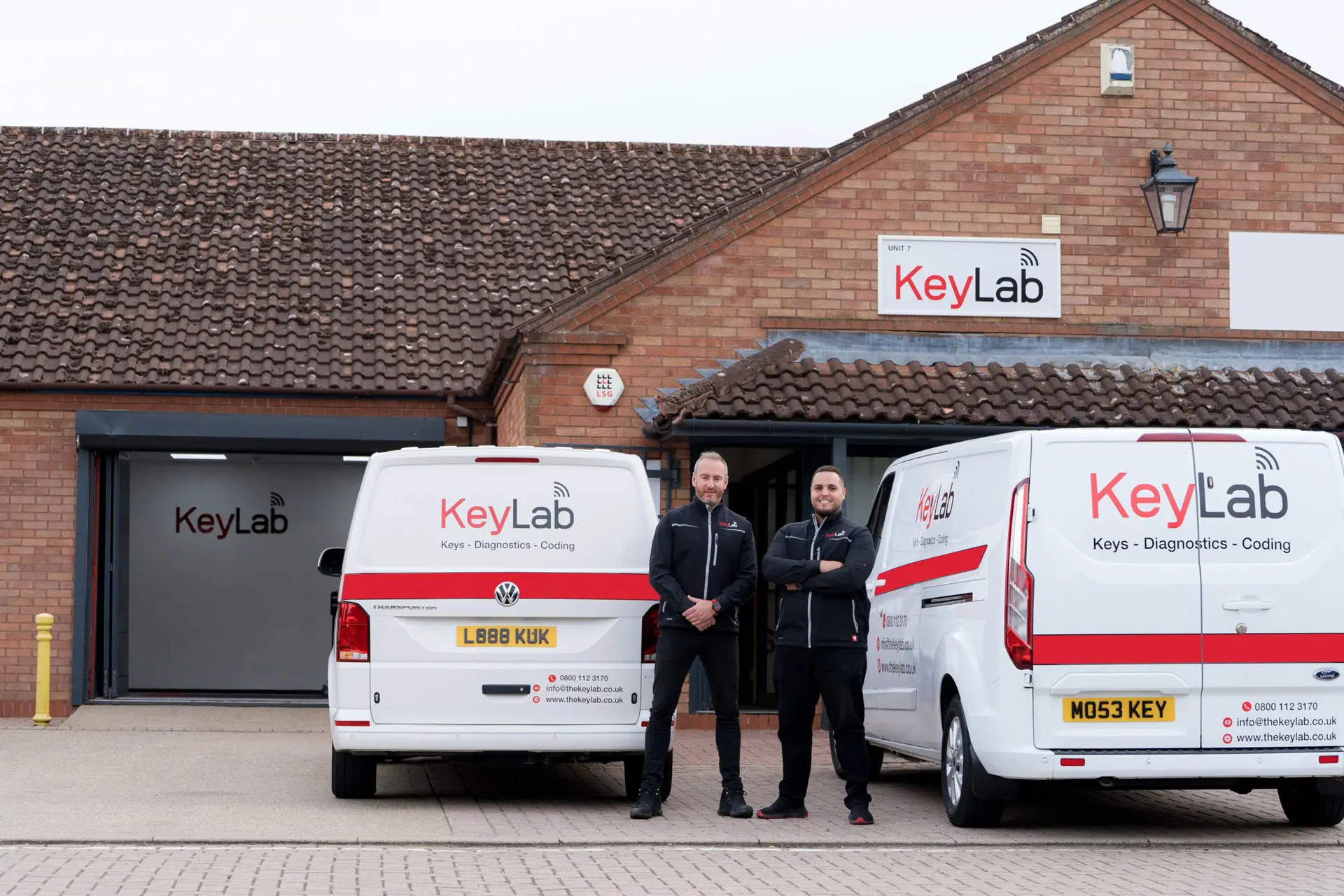Key Replacements: An In-Depth Guide to Understanding and Implementing Effective Substitutions
Intro
In the world of different markets-- from vehicle to innovation-- the term "key replacements" signifies the practice of substituting a failing or inadequate element with a brand-new or enhanced version. Understanding key replacements is crucial for preserving operational efficiency, boosting performance, and ensuring safety. This post looks into the different elements of key replacements, exploring their importance, implementation strategies, and common queries surrounding the topic.
What Are Key Replacements?
Key replacements describe the process of replacing a critical part within a system, gadget, or machinery that is pivotal to its performance. These replacements can take place in several sectors, consisting of vehicle, innovation, and even human resources. By proactively identifying and changing vital parts, companies and individuals can avoid system failures, preserve performance, and improve security.
Importance of Key Replacements
The value of key replacements can not be overemphasized; they serve various functions that contribute to the overall efficiency of systems. Some of their vital roles include:
- Preventing System Failures: Key replacements assist avoid catastrophic failures by resolving damaged or malfunctioning components before they create substantial problems.
- Enhancing Performance: Upgrading to newer elements can boost system efficiency, causing enhanced output and efficiency.
- Cost-Efficiency: Effective replacements can minimize repair expenses, extend the life expectancy of the entire system, and ultimately save cash.
- Safety Assurance: In sectors like automotive and machinery, key replacements guarantee that security requirements are maintained, lessening risks to personnel and users.
- Compliance: In managed industries, prompt replacements may be a legal requirement to meet security requirements.
Key Replacement Strategies
Executing key replacements efficiently needs a strategic technique that aligns with the functional goals of a company. Below are a number of strategies to think about:
1. Routine Maintenance and Inspections
Performing routine maintenance and assessments can assist recognize parts that might need replacement before they fail. A distinct upkeep schedule ought to include:
- Visual Inspections: Check for noticeable signs of wear or damage.
- Performance Monitoring: Track the functioning of key elements.
- Usage Analysis: Keep records of how frequently an element is used, which can anticipate wear patterns.
2. Data-Driven Decision Making
Utilizing information analytics can assist organizations make informed decisions relating to when to replace key components. Executing systems for data collection can result in:
- Predictive Maintenance: Identifying prospective failures before they occur using historical data.
- Expense Analysis: Evaluating the expense implications of fixing versus replacing components.
3. Cooperation with Suppliers
Establishing strong relationships with providers and manufacturers guarantees access to quality elements and timely replacements. Sufficient collaboration can lead to:
- Favorable Terms: Negotiating much better rates and terms.
- Quality Assurance: Gaining self-confidence in the quality and dependability of replacement parts.
4. Training and Education
Informing and training workers associated with the replacement procedure can considerably improve efficiency. Providing details on finest practices and brand-new innovations can assist ensure:
- Maximized Efficiency: Employees comprehend the optimal methods for replacing parts.
- Lowered Errors: Minimized risk of mistakes during the replacement process.
Kinds Of Key Replacements Across Industries
Key replacements differ throughout markets, each with its specific elements and practices. Below are some typical enters various sectors:
Automotive Industry
| Part | Replacement Reason |
|---|---|
| Engine Oil | Prevent wear and enhance performance |
| Brake Pads | Make sure safety and responsiveness |
| Tires | Enhance traction and fuel performance |
Technology Sector
| Part | Replacement Reason |
|---|---|
| Difficult Drives | Boost information access speed |
| Batteries | Restore device portability and performance |
| Circuit Boards | Enhance device reliability and durability |
Manufacturing
| Element | Replacement Reason |
|---|---|
| Conveyor Belts | Keep functional efficiency and safety |
| Security Guards | Uphold health and wellness compliance |
| Bearings | Lower friction and help with smooth operation |
FAQs About Key Replacements
1. What is the most important reason for changing key parts?
The most important factor for replacing key elements is to guarantee system reliability and security, avoiding failures that could lead to pricey downtimes or unsafe situations.
2. How often should I think about key replacements?
Key replacements need to be considered based on the specific part's wear pattern, efficiency metrics, and upkeep schedule. Regular evaluations need to determine the suitable intervals for replacements.
3. What should I do if I am uncertain about a component's condition?
If unsure about a component's condition, it is a good idea to perform a thorough evaluation, review performance information, and talk to professionals or producers for expert assistance.
4. Is it better to repair or replace a key component?
The choice to fix or replace a key element depends upon cost-effectiveness, dependability, and long-lasting benefits. Frequently, replacement may be more viable when considering life-span and efficiency metrics.
5. Where can I discover reliable replacement parts?
Trusted replacement parts can usually be found through authorized dealerships, reliable suppliers, or directly from makers. Constantly confirm Get Replacement Car Key and inspect evaluations before purchasing.
Key replacements are an essential element in maintaining functional performance and security throughout different markets. By understanding the significance of these replacements, executing strategic techniques, and dealing with typical queries, companies can guarantee that their systems remain robust and reputable. Future improvements in technology and data analytics will further improve the depth and accuracy of key replacements, continuing to drive improvements in effectiveness and security. Engaging proactively with this principle can substantially lower risks and elevate total performance in any operational context.

